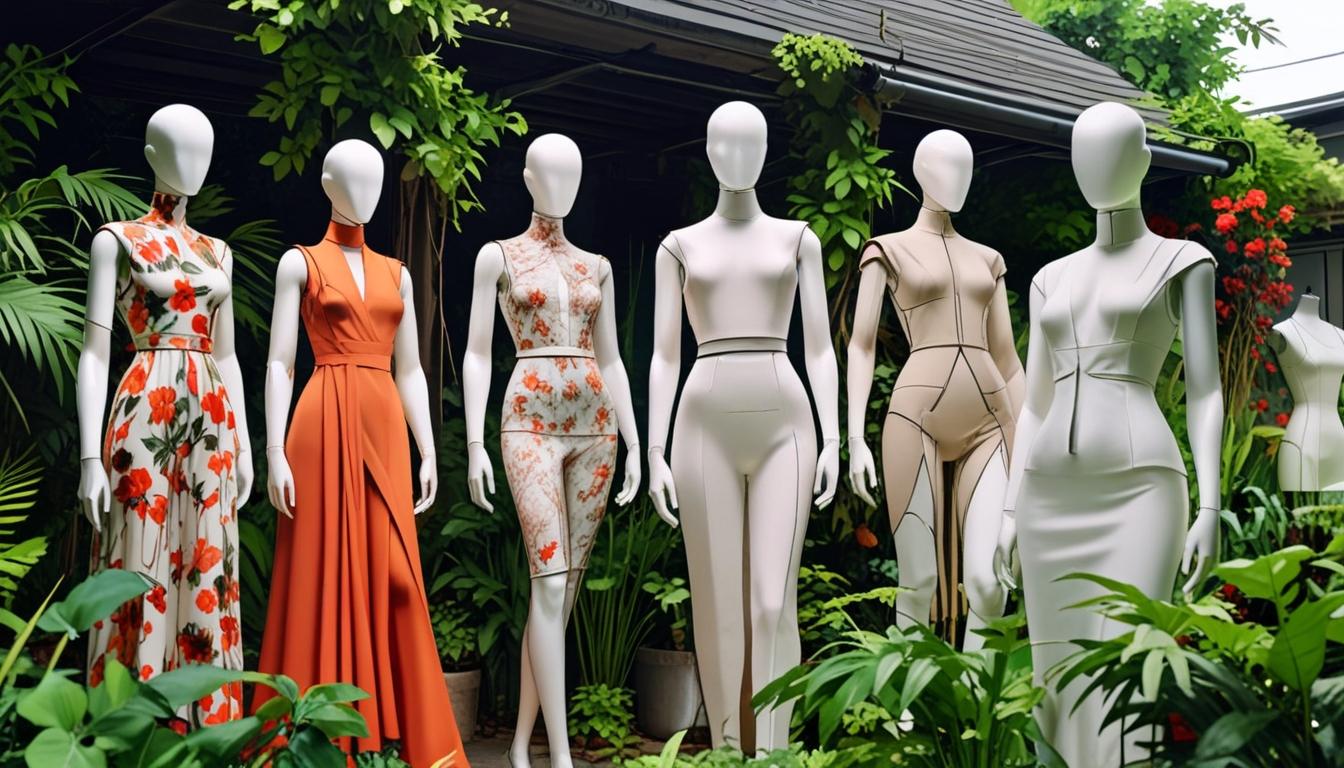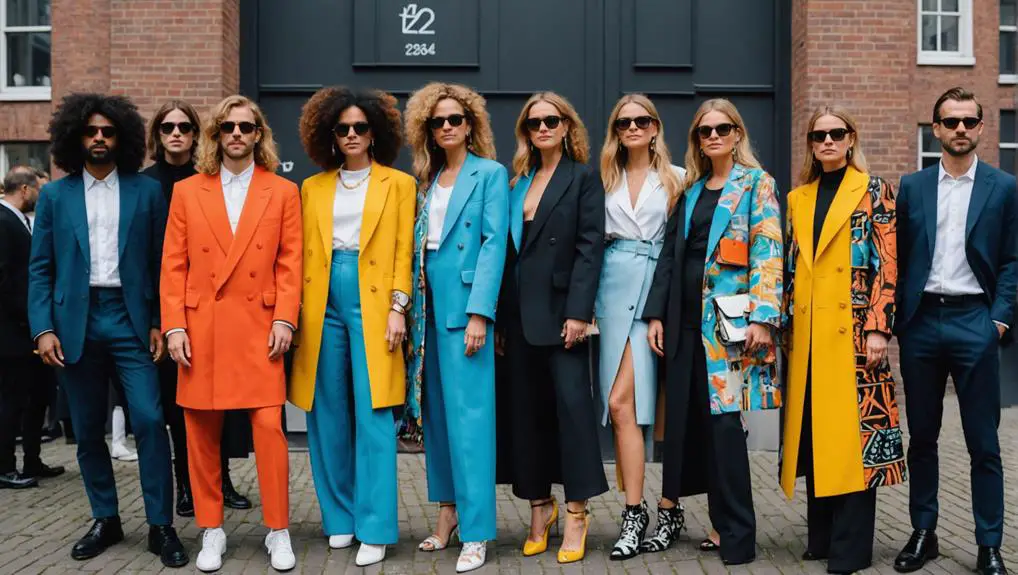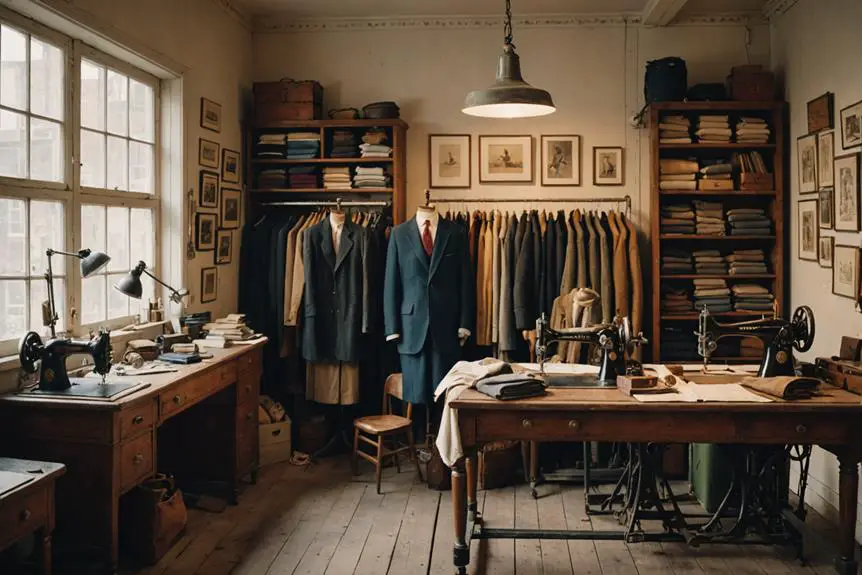American designer Rick Owens discusses his evolution in the fashion industry, preparing for upcoming shows and the influences behind his distinctive style.
Rick Owens, a prominent American fashion designer, was recently spotted enjoying a sunny morning in the garden of his home and studio located at Place du Palais Bourbon in the heart of Paris. This scene follows the showcase of his latest menswear collection, which garnered significant attention in the fashion community. As he prepares for an upcoming women’s show slated for October, Owens expressed his enthusiasm, stating, “On to the women’s show in October.” He conveyed a sense of ease regarding the pressures of fashion weeks, dismissing the complaints of other designers by saying, “What a terrible bunch! Please, it’s a blessing that we get to indulge in what we love.”
Owens, now 64, has experienced a transformation from a once misunderstood designer to one praised for his distinct fashion vision that blends raw and refined elements. Critics, including Suzy Menkes from The International Herald Tribune, noted the increasing excellence of his collections, highlighting the energy and intense techno music that characterizes his fashion shows. Owens humorously acknowledged the unique atmosphere of his presentations, which often feature dramatic visual and auditory elements.
His collections, often referred to as “glunge,” which combines glamour and grunge, have remained consistent over the years, showcasing items like elegantly draped tops, sculptural jackets, and his frequently copied distressed leather motorcycle jackets. The color palette of his designs typically sticks to shades of black, beige, and gray, catering to a wide age demographic that spans from young adults to individuals in their sixties. Owens is commonly labeled a “gothic designer,” a tag he finds somewhat limiting. “There’s always something amateurish attached to gothic,” he remarked, insisting that the depth of his designs reflects more than that singular label.
Owens has built a remarkable career since he began collaborating with Italian partners in 2001, ensuring he retained the rights to his name, which is a privilege not commonly afforded to designers. He now operates independently, with a strong global distribution network and flagship stores in cities like Paris, Tokyo, Seoul, London, and New York. Following a series of successful collections, he moved from Los Angeles to Paris in 2003, partnering with the longtime Parisian fur house Revillon.
Despite his considerable success, Owens’s past is marked by personal struggles, including a tumultuous period characterized by drug addiction. He reflects on this time as one that ultimately fueled his drive to pursue a career in fashion, providing him with the discipline that he claims has contributed to his current health and vitality. He described his rigorous daily routine, which includes early morning workouts and creative sessions in his Italian factory, drawing on the importance of craftsmanship in his designs.
In a candid conversation about aesthetics and standards in fashion, Owens mentioned bodybuilding as a contemporary form of couture, emphasizing how physical appearance has become a major focus in the fashion industry. He acknowledges the societal pressures that can lead to extremes, such as cosmetic surgery, and reflects on his own desire to control his narrative through self-expression.
Owens’s rise to recognition in the fashion landscape was significantly aided in 2002 when Anna Wintour, the editor of Vogue, invited him to present at New York Fashion Week. Initially skeptical about the opportunity, he ultimately agreed, marking a pivotal moment in his career. Following this, he won the American C.F.D.A. Perry Ellis Award for emerging talent and launched his menswear line.
His innovative designs often challenge traditional notions of gender and clothing, particularly with his use of skirts for both men and women. Owens expresses a desire for garments that allow freedom of movement while maintaining an attractive silhouette, expressing his frustration with societal expectations related to femininity and modesty.
Owens is known for his playful sense of humor, illustrated by various art pieces in his stores that reflect his unpredictable style. From incorporating wax figures to, at times, displaying surreal installations, his stores function as extensions of his creative vision.
With a successful career spanning decades, Rick Owens embodies the evolution of a designer who transformed personal hardship into a groundbreaking fashion identity, firmly establishing himself as a key figure in contemporary fashion.
Source: Noah Wire Services




